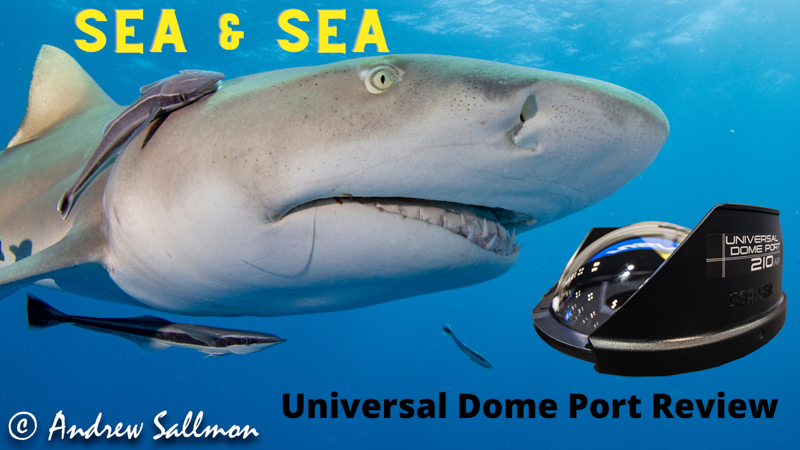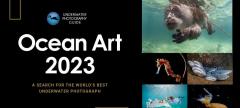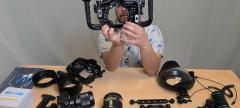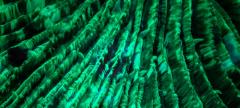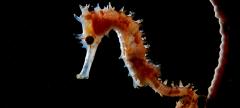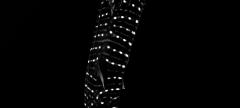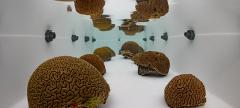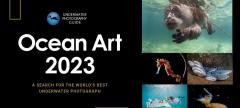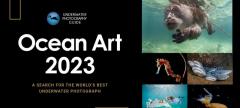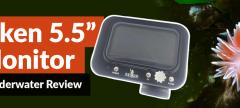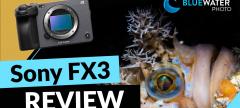Scott Gietler is the owner of Bluewater Photo, Bluewater Travel, and the Underwater Photography Guide. Bluewater Photo, based in Culver City, CA is one of the world’s largest and most prestigious underwater camera stores, serving many thousands of customers each year, where nothing is more important than customer service. The Underwater Photography Guide is the world’s first website to feature free tutorials on underwater photography, and has become the most trafficked resource on underwater photography worldwide. Bluewater Travel is a full-service dive travel wholesaler sending groups and individuals on the world’s best dive vacations.
Scott is also an avid diver, underwater photographer, and budding marine biologist, having created the online guide to the underwater flora and fauna of Southern California. He is the past vice-president of the Los Angeles Underwater Photographic Society, has volunteered extensively at the Santa Monica aquarium, and is the creator of the Ocean Art underwater photo competition, one of the largest underwater international photo competitions ever held in terms of value of prizes. He lives in California with his wife, newborn girl and scuba-diving, photo taking 4 year old son.
Follow Scott on Facebook or Instagram.
